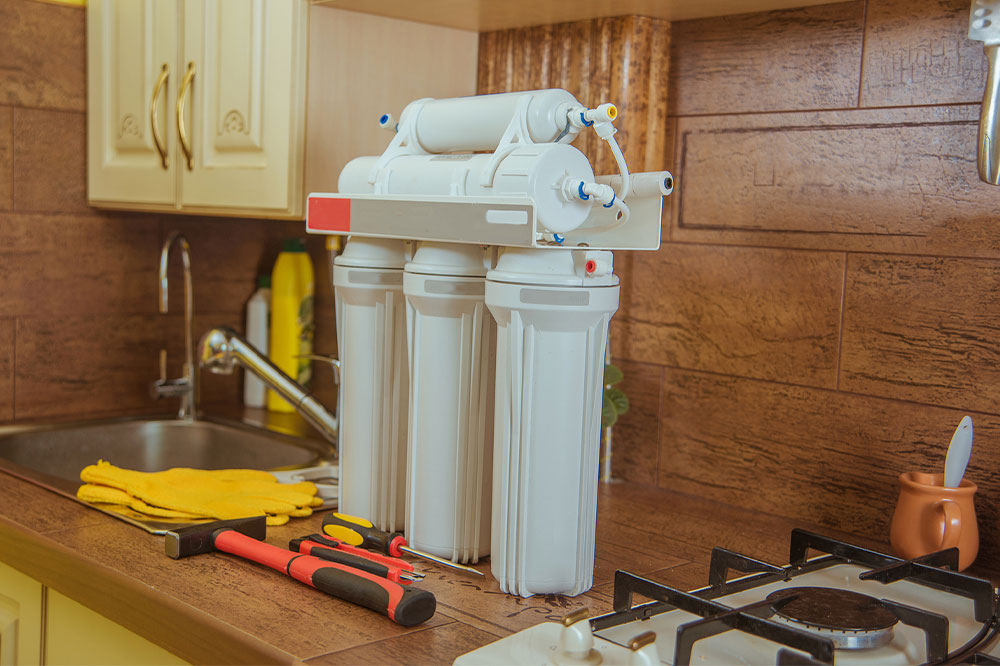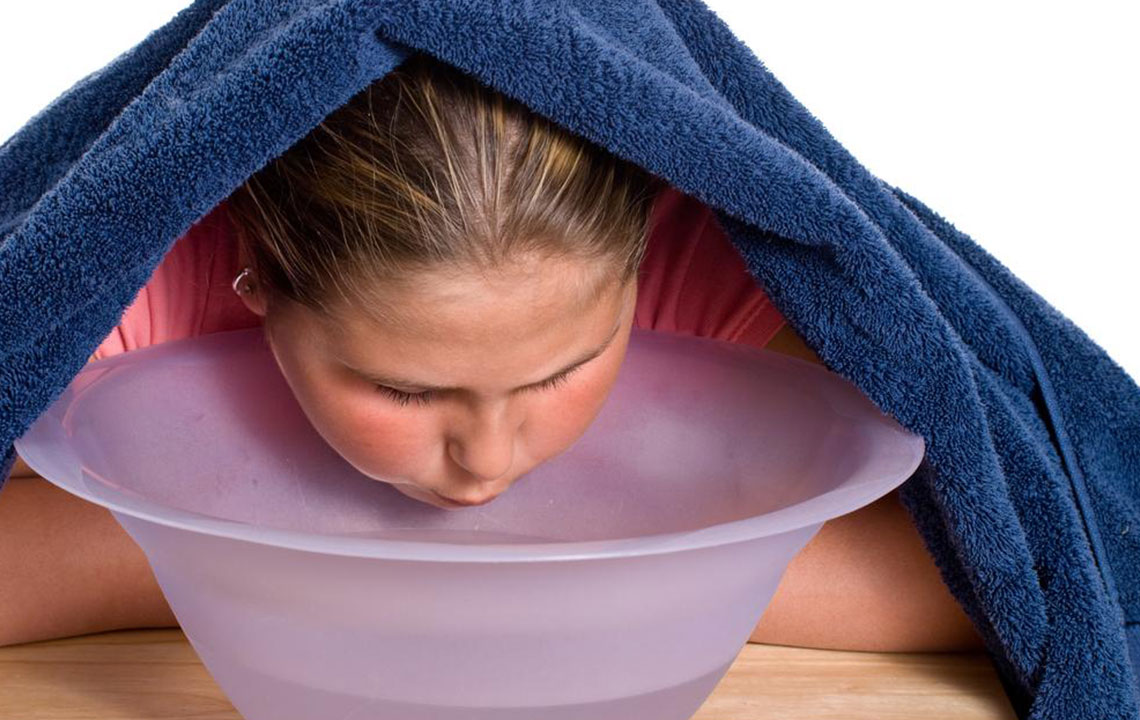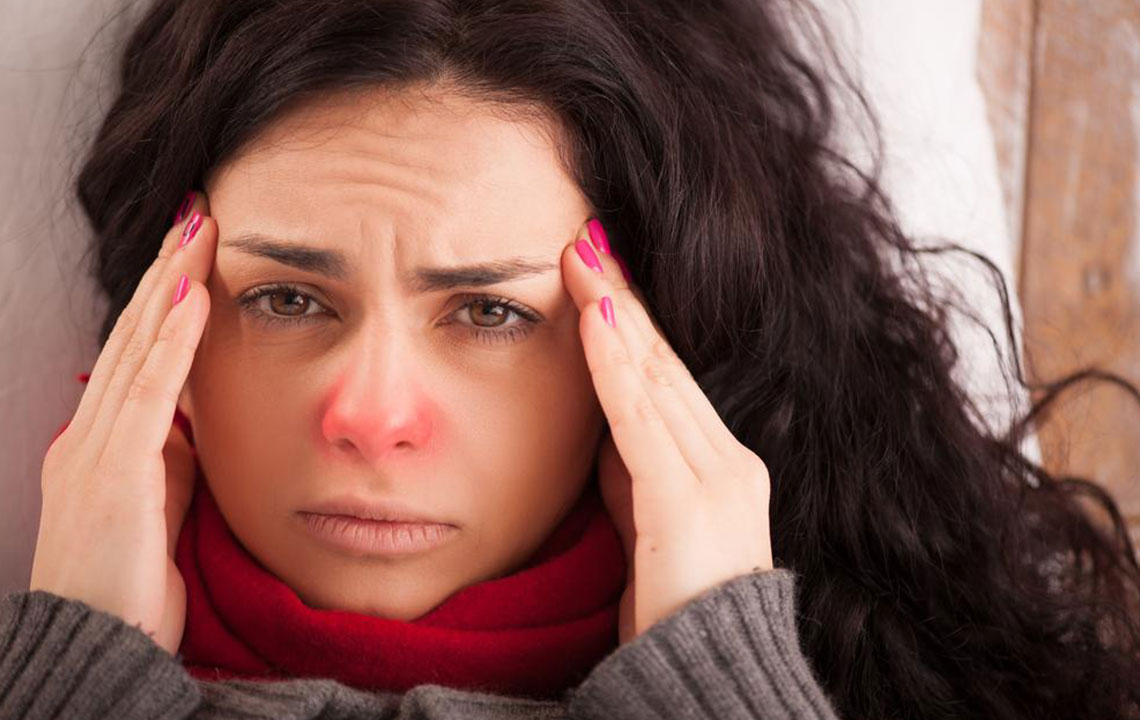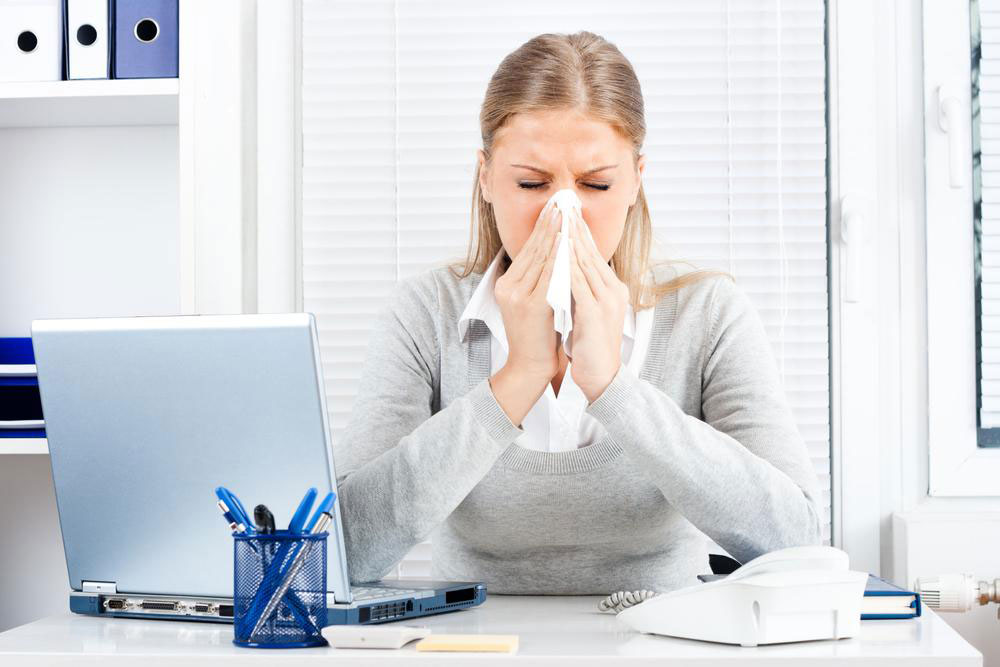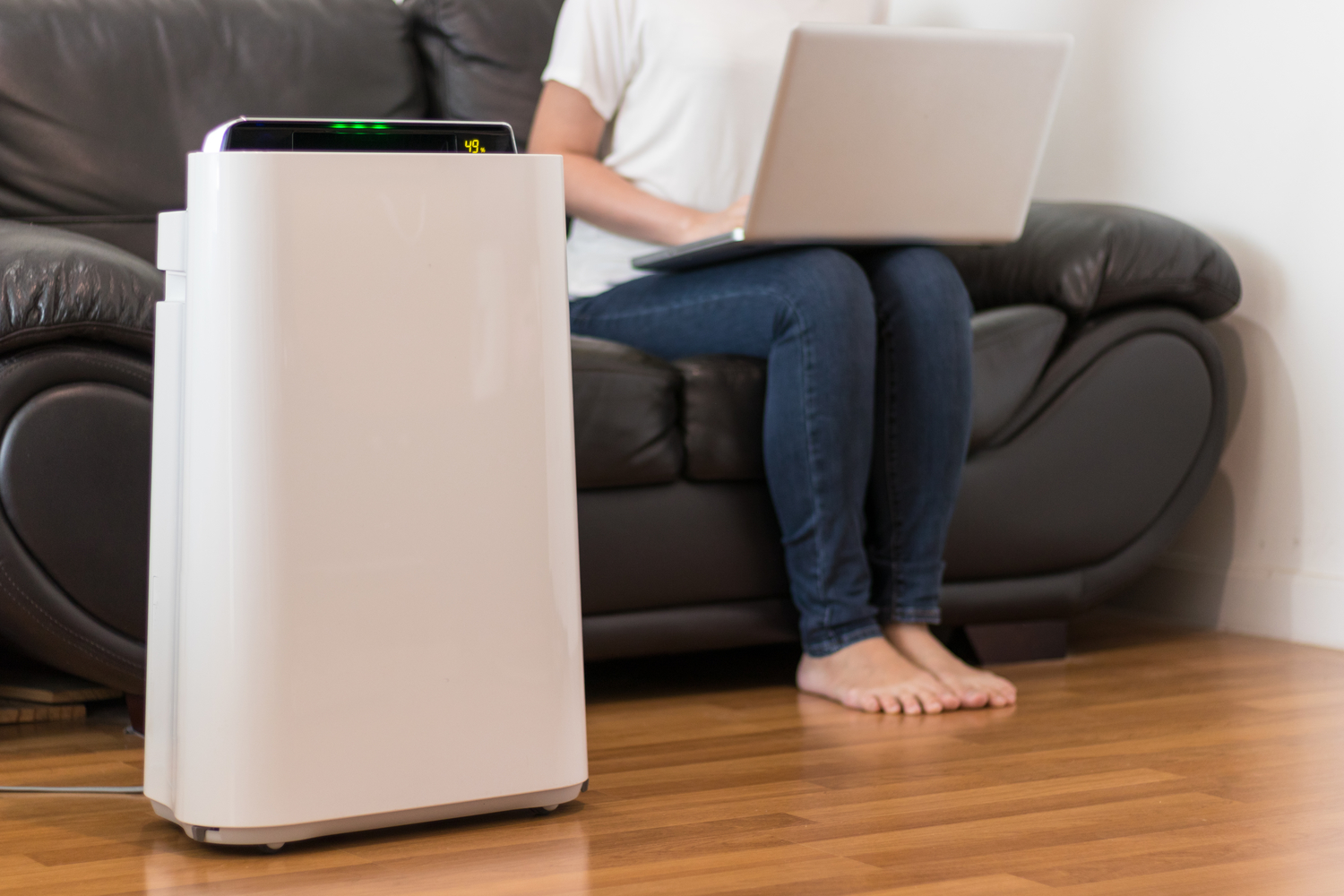Comprehensive Anti-Allergy Solutions for a Healthier, Breathable Home Environment
Discover comprehensive anti-allergy solutions to create a healthier home environment. This guide covers air purifiers, hypoallergenic pillows, HEPA vacuum cleaners, natural nasal sprays, and practical tips to reduce indoor allergens effectively. Improve air quality, minimize allergy symptoms, and breathe easier with expert-recommended products and strategies designed for allergy sufferers seeking a cleaner, safer living space.

Effective Strategies and Products to Reduce Allergens and Improve Air Quality
Allergies are a common health concern that can severely diminish your quality of life, manifesting through symptoms such as persistent sneezing, itchy and watery eyes, sore throat, nasal congestion, and even chest tightness. These allergic reactions are primarily triggered by a variety of airborne particles present in your environment, including dust mites, pollen, pet dander, mold spores, and air pollution. Managing these triggers effectively requires a strategic approach involving both lifestyle adjustments and the right anti-allergy products. In this comprehensive guide, we explore some of the most effective anti-allergy solutions currently available, aimed at creating a cleaner, healthier, and more breathable living space.
Understanding Allergens and Their Impact on Health
Before delving into specific products, it's important to understand what allergens are and how they affect your body. Allergens are typically harmless substances that can trigger an immune response in susceptible individuals. In allergic persons, exposure to allergens causes the immune system to overreact, releasing chemicals like histamines that produce allergy symptoms. Common indoor allergens include dust mites, mold, pet dander, and pollen that enters through open windows or gets tracked indoors. Additionally, outdoor pollution can infiltrate indoor spaces, compounding the problem.
Identifying your specific sensitivities through allergy testing can help you tailor your environment to reduce exposure. Regardless of your allergies, improving air quality and reducing indoor allergens can significantly alleviate symptoms, allowing you to breathe easier and enhance overall well-being.
Top Anti-Allergy Products to Improve Indoor Air Quality
1. Air Purifiers: Your First Line of Defense
Indoor air pollution is often underestimated. Despite being inside your home, you may be surprised to learn that indoor air can harbor more contaminants than outdoor air pollution, including dust, pollen, pet dander, mold spores, and other microscopic allergens. These airborne particles can settle in your respiratory system, exacerbating allergy symptoms and even causing respiratory infections.
Investing in a high-quality air purifier is one of the most effective ways to combat indoor allergens. Modern air purifiers utilize advanced filtration technologies, such as HEPA (High Efficiency Particulate Air) filters, which can trap particles as small as 0.3 microns—this includes dust mites, pollen, mold spores, pet dander, and certain bacteria.
For example, the Meaco Clean Ca-HEPA air purifier is renowned for its multi-layered filtration system, designed to effectively reduce airborne allergens. Equipped with a pre-filter, HEPA filter, and activated carbon filter, it captures a broad spectrum of pollutants, significantly improving indoor air quality. Many users report a noticeable decline in allergy symptoms after consistent use.
Choosing the right size air purifier for your space is crucial. If your room is too large for the unit, it won't filter the air efficiently. To determine the appropriate model, measure your room dimensions—length, width, and height—and select a purifier with sufficient capacity, typically indicated in square footage coverage. Proper ventilation combined with air purification maximizes the benefits and ensures fresher, cleaner air.
2. Hypoallergenic Pillows: Minimizing Dust Mite Exposure
Dust mites are microscopic creatures that thrive on the flakes of dead skin shed by humans and pets. They are one of the leading causes of allergic reactions, especially when they reside in bedding, including pillows and mattresses. Symptoms caused by dust mites include asthma, nasal congestion, eczema, and allergic rhinitis.
Switching to hypoallergenic pillows designed to inhibit dust mite proliferation can greatly reduce allergen exposure. For instance, the BedCare Mite-Proof Pillow features a tightly woven 100% cotton cover that prevents dust mites from penetrating while allowing airflow to keep the pillow cool and comfortable.
Filled with soft polyester fiber, this pillow offers adequate support and comfort, making it an ideal choice for allergy sufferers. The pillows are machine washable, enabling easy cleaning to eliminate accumulated allergens. They also come with a 5-year warranty, ensuring long-term durability and allergy protection. Manufactured in the US and rigorously tested, these hypoallergenic pillows provide a reliable barrier against dust mites, contributing to allergy relief.
3. HEPA Filtered Vacuum Cleaners: Maintaining a Dust-Free Environment
Standard vacuum cleaners can inadvertently worsen allergy symptoms, as they might stir up dust, mold spores, and pet dander into the air, especially if they lack proper filtration. To effectively remove allergens from your home, a vacuum equipped with a HEPA filter is essential.
HEPA filter vacuums, such as the Dyson Ball DC25 All Floors model, are designed to trap at least 99.97% of particles as small as 0.3 microns. These vacuums are suitable for various flooring types—including carpets, hardwood, and tile—ensuring comprehensive cleaning and allergen removal.
Regular vacuuming—at least once a week and more frequently during allergy seasons—can substantially reduce indoor allergens. Focus on cleaning areas where dust and pet dander tend to accumulate, such as carpets, upholstery, and curtains. Proper maintenance of your vacuum, including replacing filters as recommended, will sustain its effectiveness in allergen removal.
4. Barrier Nasal Sprays: Natural Defense Against Allergens
Nasal sprays can offer targeted relief by creating a physical barrier inside the nasal passages to block airborne allergens from triggering symptoms. The Boosts Allergy Barrier nasal spray is composed of natural ingredients, such as plant-based cellulose and peppermint extract. These components form a protective coating inside your nose that prevents allergens from adhering to mucous membranes.
Application is simple: spray three times daily to maintain a protective layer. This natural approach helps reduce nasal congestion, sneezing, and itching, and it can be used alongside other allergy treatments without adverse effects. Since it doesn't contain medication, it’s safe for daily use and suitable for sensitive individuals.
Additional Tips for Creating an Allergy-Friendly Home
Keep windows closed during peak pollen seasons to prevent outdoor allergens from entering your indoor environment.
Use doormats and remove shoes at the door to reduce tracking of outdoor allergens inside your home.
Maintain proper humidity levels between 30-50% to inhibit mold growth and dust mite proliferation. Consider dehumidifiers if needed.
Regularly wash bedding, curtains, and stuffed animals in hot water (at least 130°F/54°C) to kill dust mites.
Keep pets' living areas clean and bathed regularly to minimize pet dander levels.
Consult Your Healthcare Provider
While these products and strategies can significantly reduce allergen exposure, it’s essential to consult with a healthcare professional or allergy specialist for personalized treatment plans. Allergy testing can identify specific triggers, and your doctor can recommend the most effective combined approach, including medications or immunotherapy if needed.
Creating an allergy-free environment is a practical step towards improving your quality of life and respiratory health. By investing in effective air purification, hypoallergenic bedding, thorough cleaning routines, and natural barriers, you can enjoy a cleaner, healthier, and more comfortable home every day.
